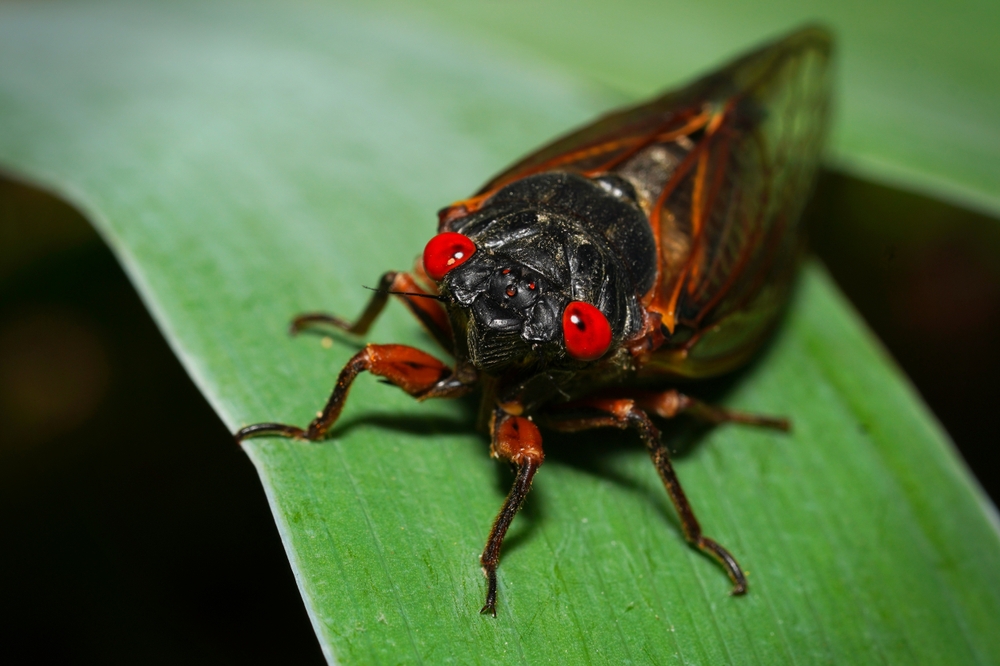Now Reading: Brood XIV Cicadas to Bring Noisy Start to Summer 2025
-
01
Brood XIV Cicadas to Bring Noisy Start to Summer 2025
Brood XIV Cicadas to Bring Noisy Start to Summer 2025

Fast Summary
- Cicadas and Brood XIV: in 2025, Brood XIV cicadas are emerging in the Eastern U.S. after 17 years underground to mate, lay eggs, and die within a month. This brood is notable for being the second largest periodical brood and has an extensive range spanning states from northern Georgia to Massachusetts.
- Lifecycle Details: Cicada eggs develop underground into nymphs that feed on tree roots before molting five times over several years. Once matured into adults, males produce loud mating calls using their exoskeleton while females lay up to 600 eggs. Newly hatched nymphs restart the underground life cycle after falling from trees.
- Straggler Complications: Some cicadas emerge earlier or later than their expected timeline,potentially mixing with other broods like Brood X (last seen in 2021). Though rare, such stragglers may influence genetic data collected by scientists studying brood behavior and patterns.
- Harmless but Noisy: Despite their loud mating songs lasting throughout June, cicadas do not bite or sting humans.
Read More: Shooting Streams of pee: Cicadas Will do Weird Things During the Emergence
Indian Opinion Analysis
While this event concerns North American ecology rather than India directly, it offers valuable lessons applicable to india’s biodiversity management efforts – especially around synchronized insect populations such as locust swarms or pollination cycles which hold agricultural significance.Understanding cyclical lifecycles like those of periodical cicadas can inform better strategies for monitoring species movements over large areas.
The phenomenon highlights how long-term ecological patterns require precise data-tracking systems akin to those used by Western institutions for mapping periods of emergence and mitigating straggler effects on genetic data accuracy. For nations like India seeking robust scientific groundwork in biodiversity conservation amid rising environmental stresses (e.g., climate impacts), incorporating similar approaches might be vital.
Lastly, while these insects are harmless visitors in this context despite their noisy presence-India’s ecosystems occasionally face harmful pest emergences requiring preventative actions against population surges that threaten crops or native species balances.
Read More: From orange-Spotted to Striped: There Are 7 Different cicada Species























